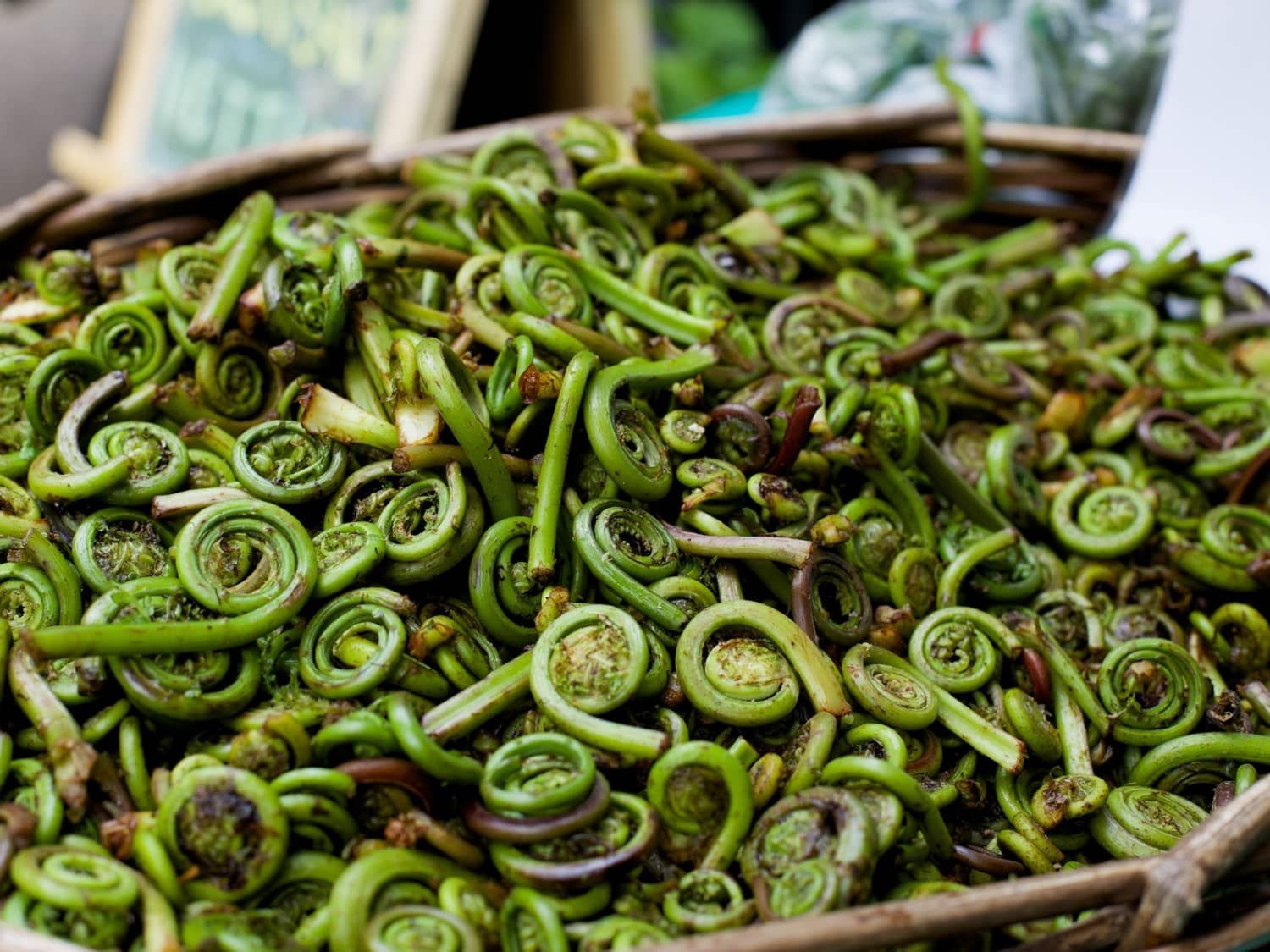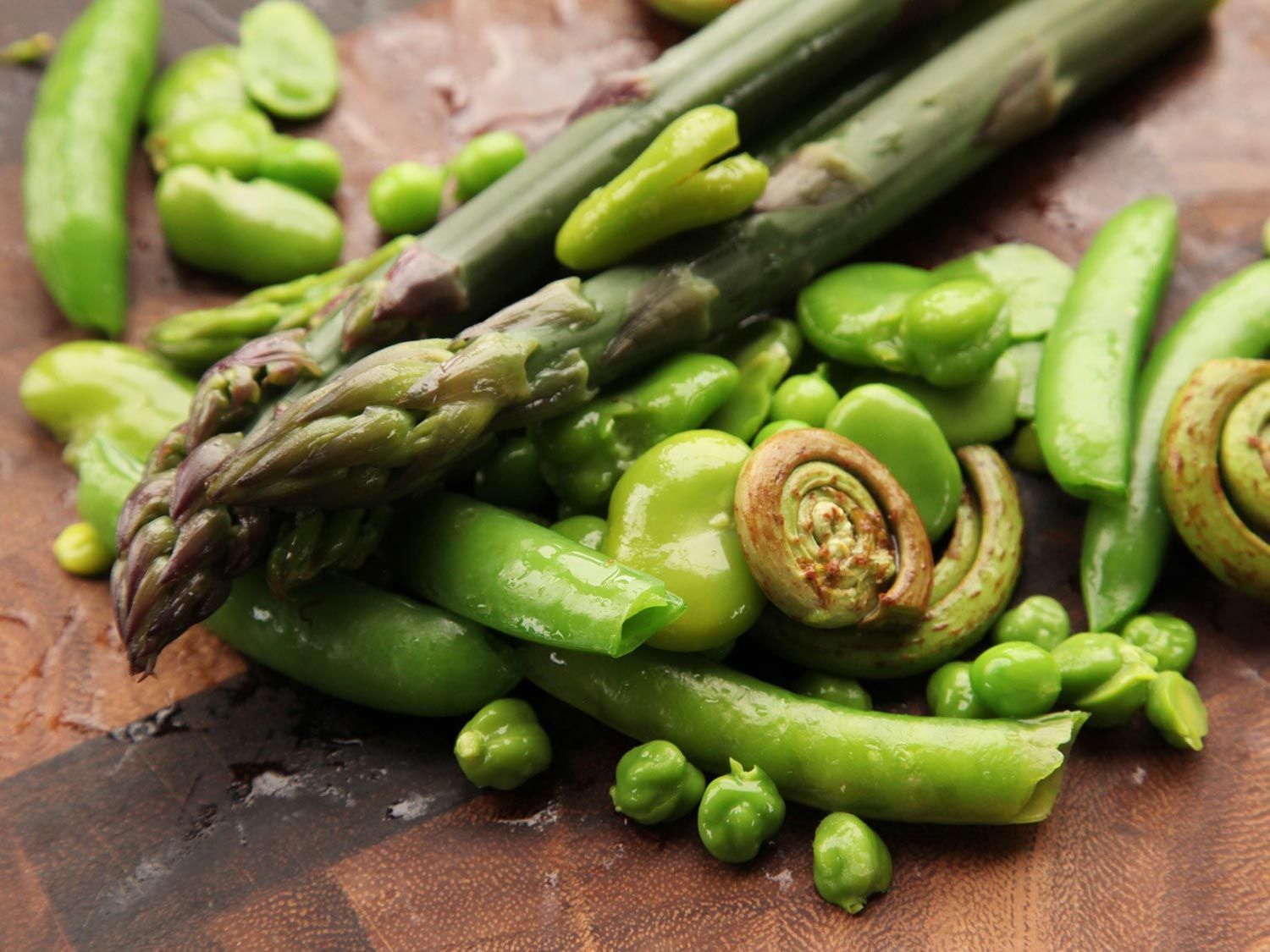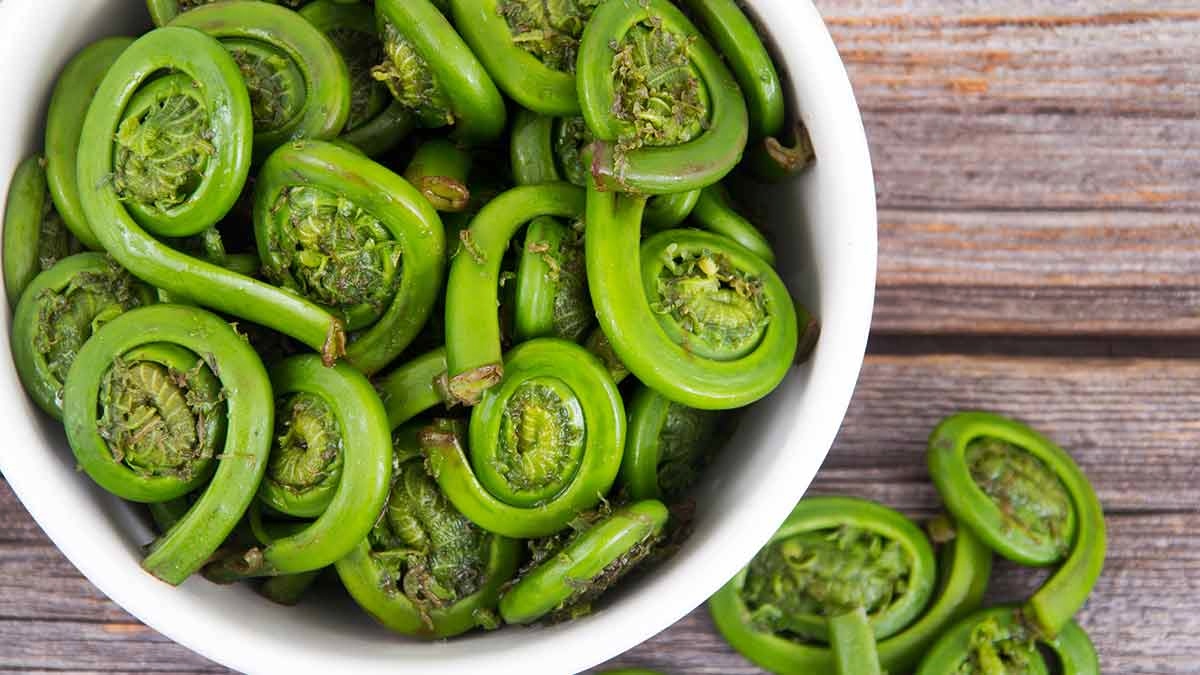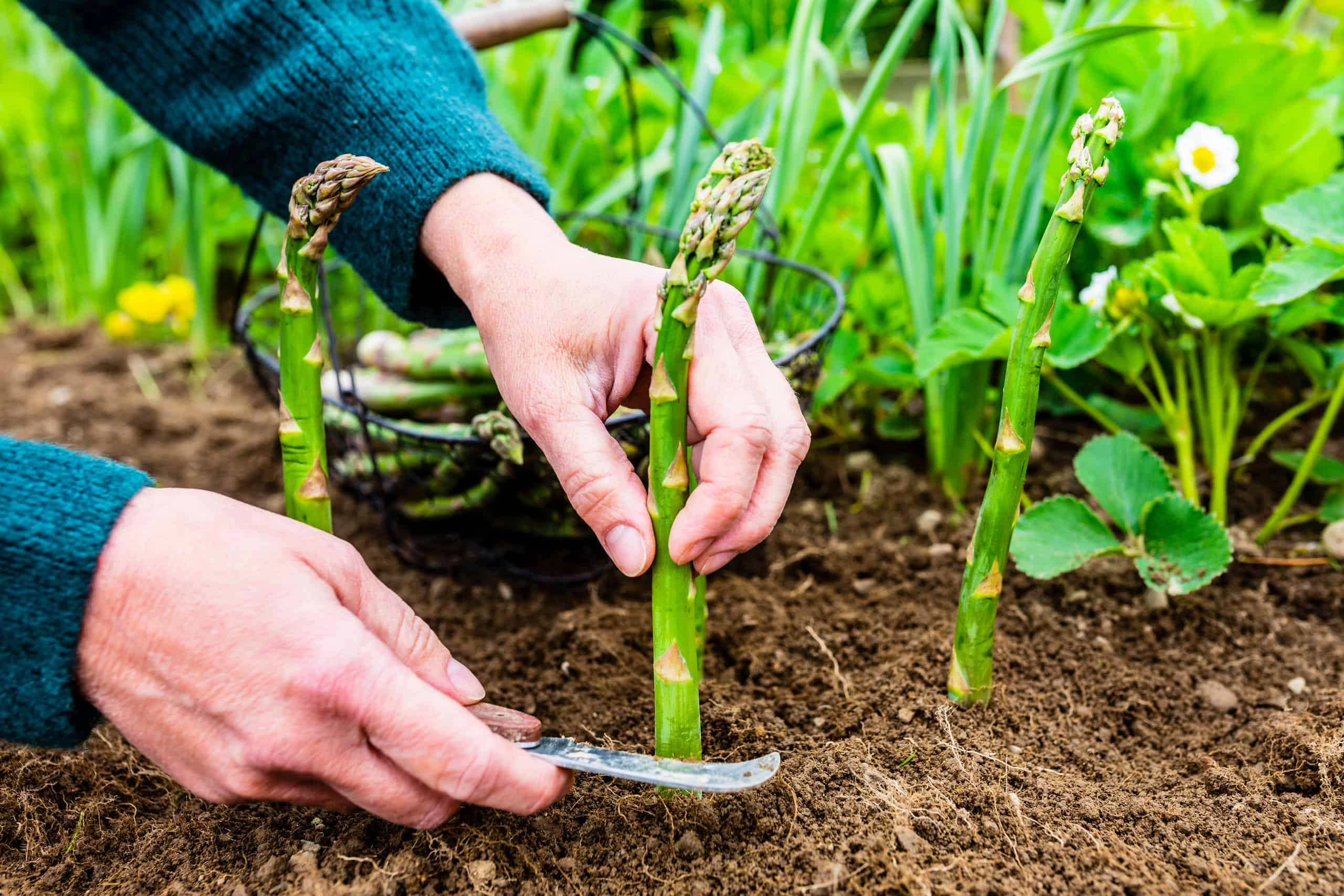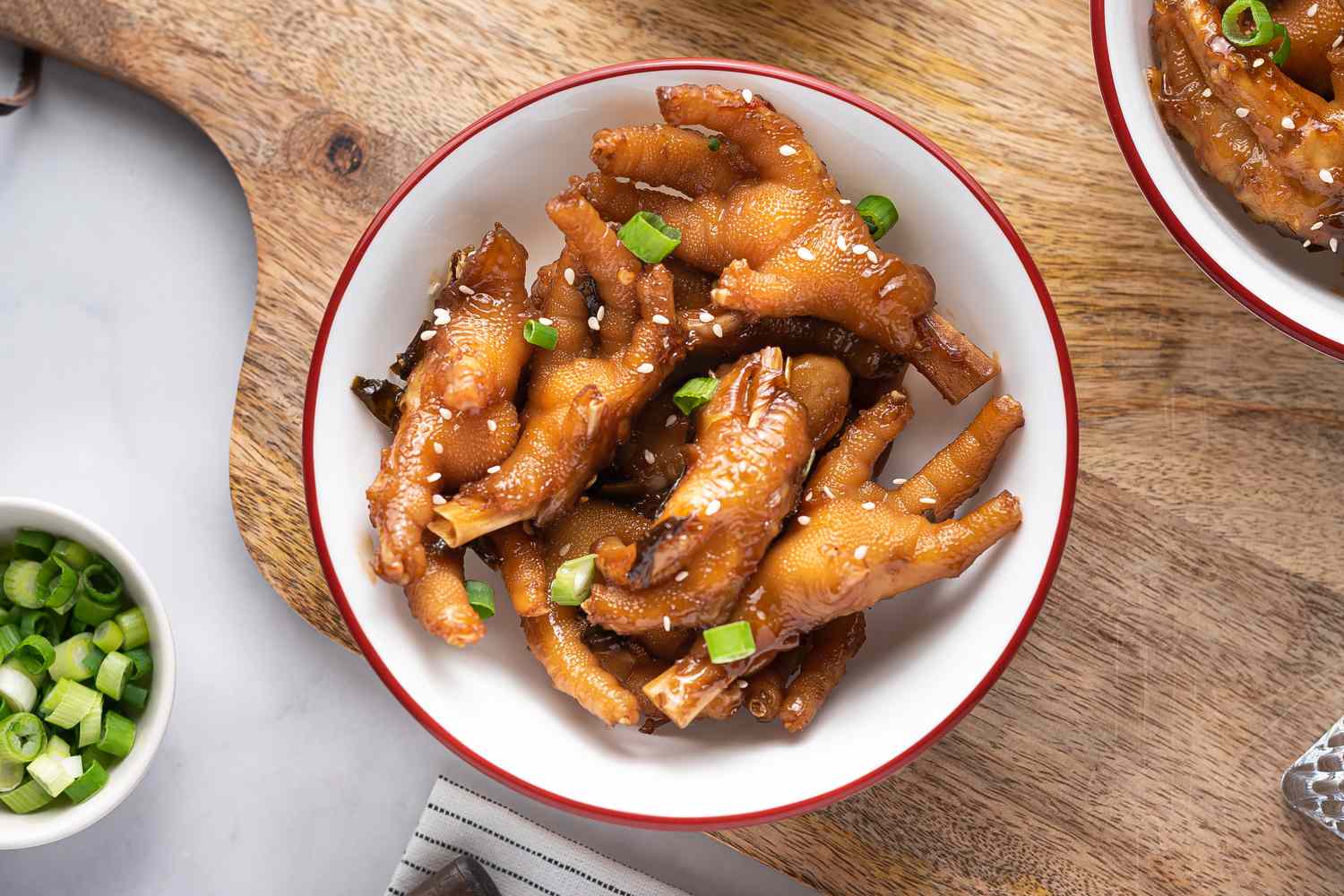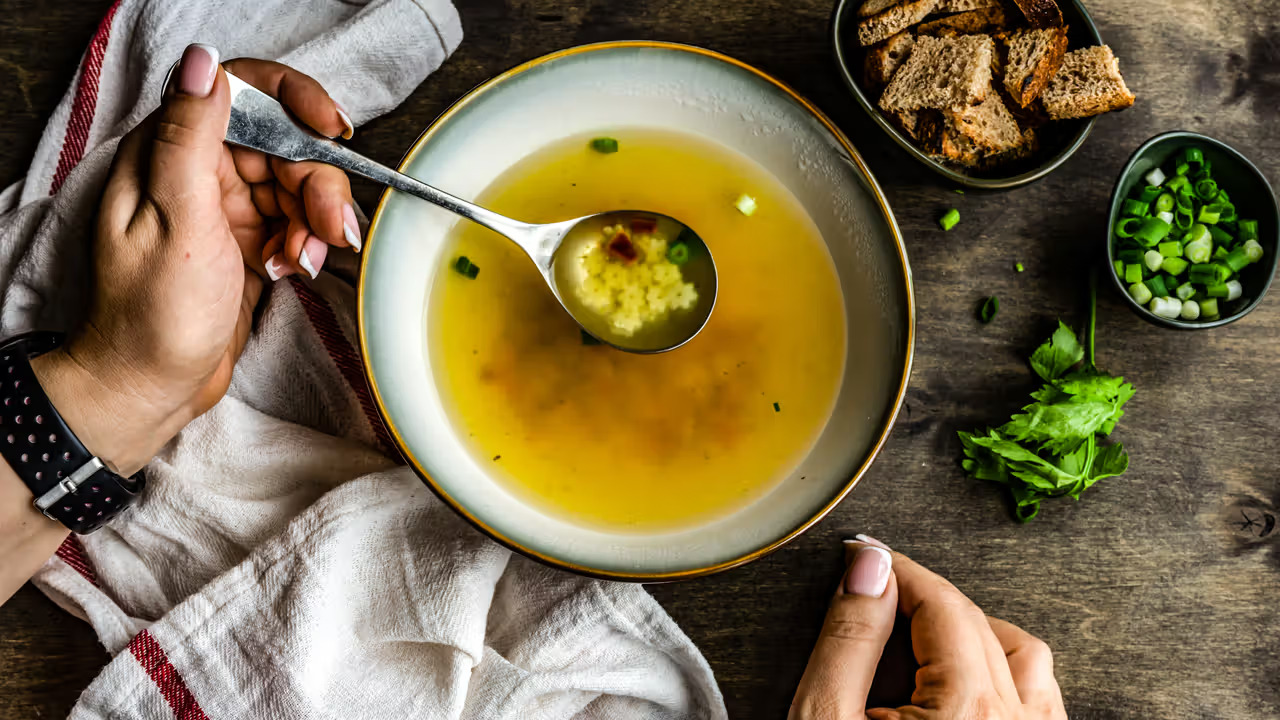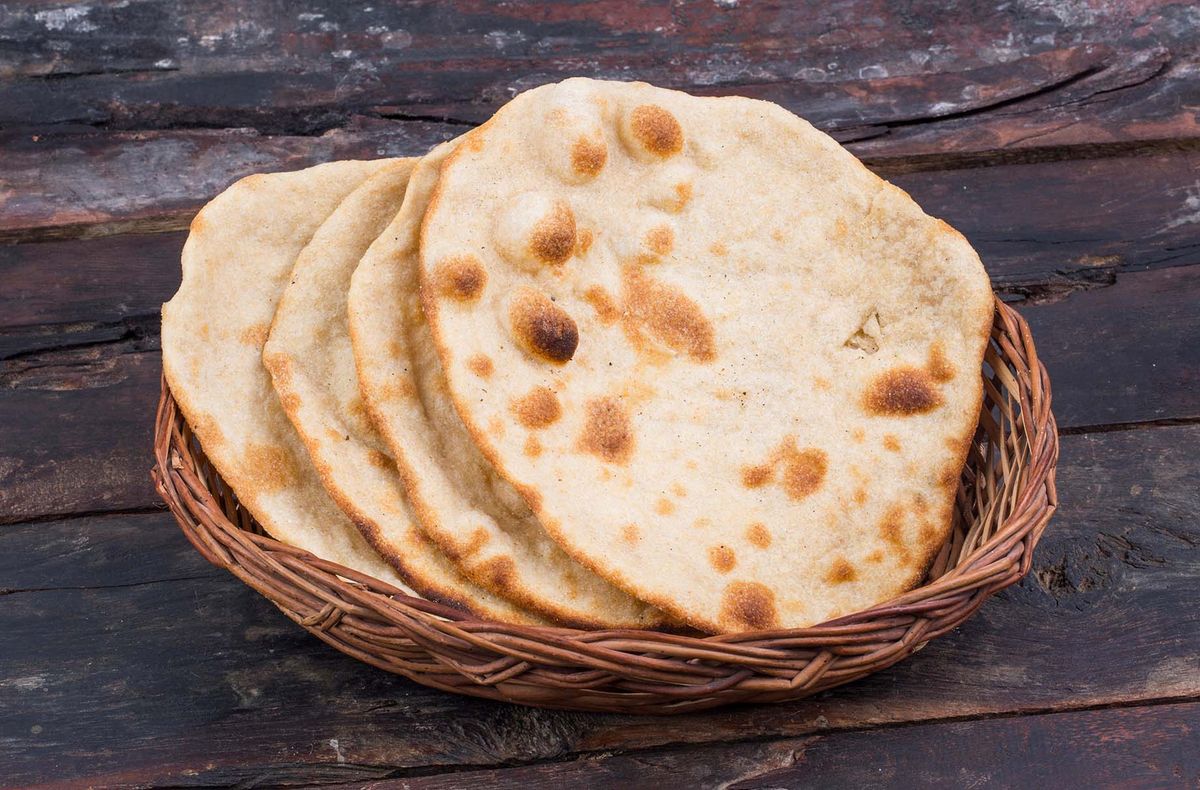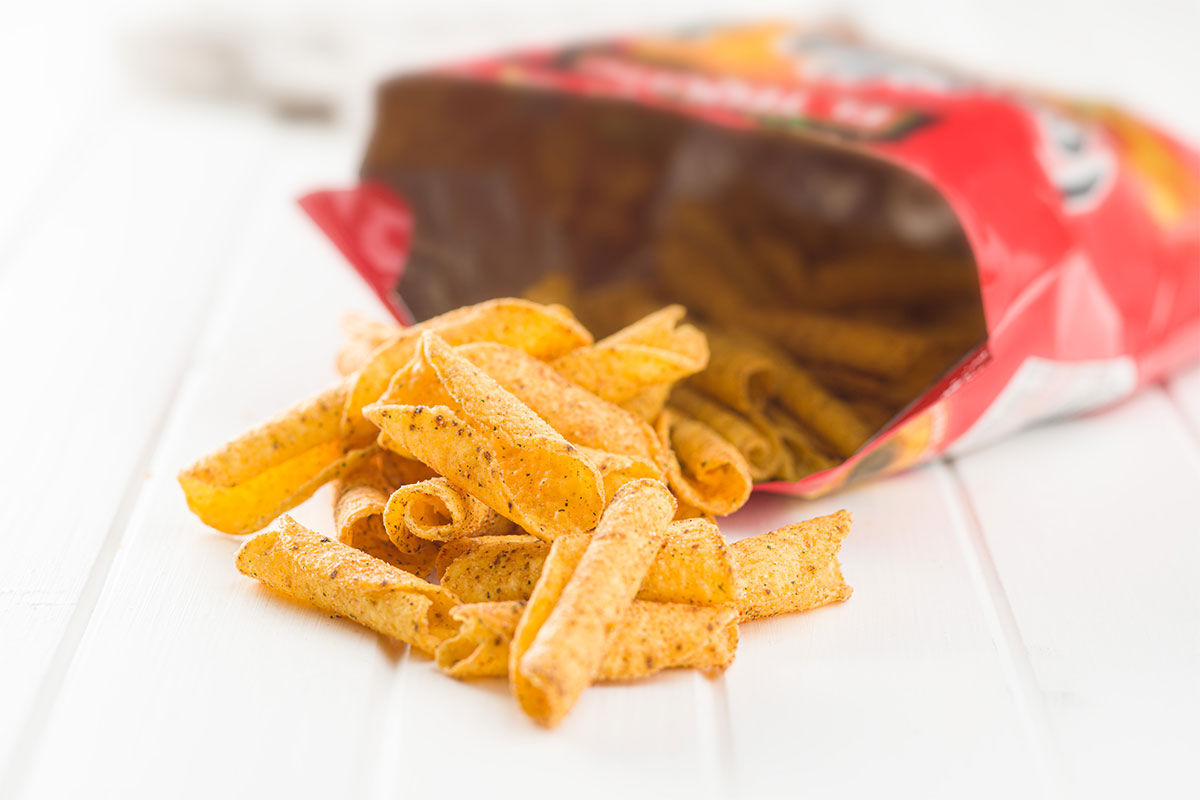Discovering the Delightful World of Ferns
When it comes to foraging for wild edibles, ferns might not be the first thing that comes to mind. However, these beautiful green plants are not only aesthetically pleasing but also surprisingly delicious and nutritious. In this article, we will explore the different types of edible ferns and how to incorporate them into your diet.
Identifying Edible Ferns
Before you start incorporating ferns into your meals, it’s crucial to be able to identify the edible varieties. Some common edible ferns include:
- Bracken Fern: This fern is known for its distinctive triangular fronds and can be found in wooded areas and open fields.
- Fiddleheads: These young, coiled fern fronds are harvested in the spring and are a delicacy in many cuisines.
- Ostrich Fern: Recognizable by its large, feathery fronds, the ostrich fern is a popular choice for foragers.
Harvesting Ferns Responsibly
When foraging for ferns, it’s essential to do so responsibly to ensure the sustainability of the plants. Here are some tips for responsible harvesting:
- Harvest only a small portion of the ferns in any given area to allow the plants to continue growing.
- Be mindful of the environment and avoid trampling other vegetation while foraging.
- Consider growing your own ferns in a garden or indoor pot to have a readily available and sustainable supply.
Preparing and Cooking Ferns
Once you have harvested your edible ferns, it’s time to prepare them for consumption. Fiddleheads, in particular, are a popular choice for cooking. Here’s a simple recipe for sautéed fiddleheads:
Ingredients:
- 1 pound fiddleheads
- 2 tablespoons olive oil
- Salt and pepper to taste
Instructions:
- Bring a pot of water to a boil and blanch the fiddleheads for 2-3 minutes.
- Drain the fiddleheads and plunge them into ice water to stop the cooking process.
- Heat the olive oil in a pan over medium heat and sauté the fiddleheads for 5-7 minutes, or until tender.
- Season with salt and pepper before serving.
The Nutritional Benefits of Ferns
Aside from their unique flavor and culinary appeal, ferns also offer a range of nutritional benefits. They are rich in antioxidants, vitamins, and minerals, making them a valuable addition to a healthy diet. Incorporating ferns into your meals can provide a boost of nutrients and add variety to your culinary repertoire.
Exploring Culinary Creativity with Ferns
Once you have familiarized yourself with the world of edible ferns, don’t be afraid to get creative in the kitchen. From incorporating fiddleheads into omelets and stir-fries to using bracken ferns in salads and soups, the possibilities are endless. Experimenting with different cooking methods and flavor pairings can open up a whole new world of culinary delights.
In conclusion, while the idea of eating ferns may seem unconventional, it’s a practice that has been embraced by cultures around the world for centuries. With the right knowledge and approach, incorporating edible ferns into your diet can be a rewarding and delicious experience.
